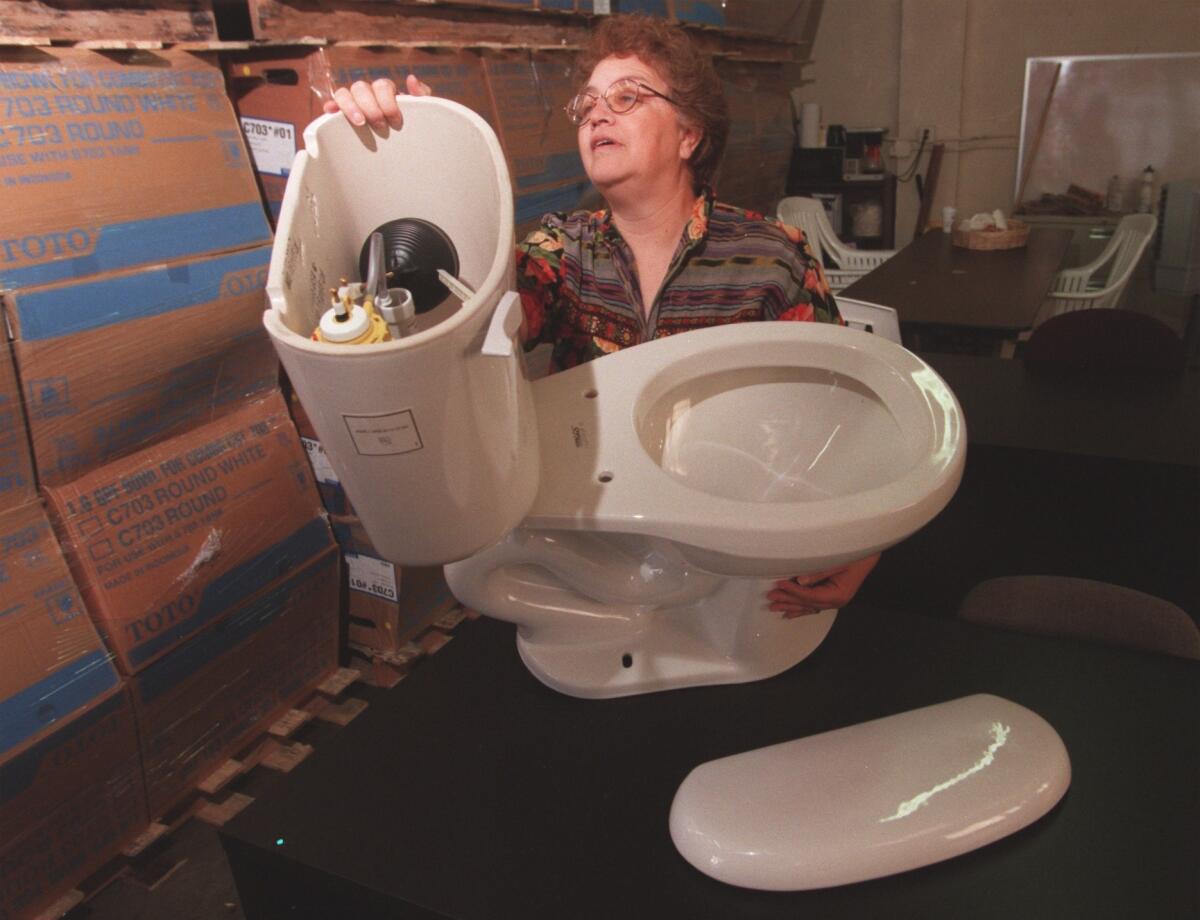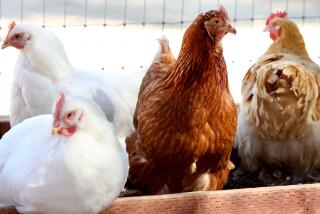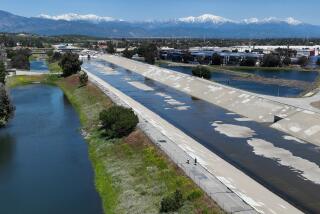The surprising top water wasters in your home, and how to fix them

In these days of drought, Californians have a pretty good idea of what it feels like to have water supplies run low — particularly those facing the very real prospect of running out of water entirely. But a new study by Indiana University professor Shahzeen Z. Attari finds that very few Americans know exactly how much water they use.
In fact, the guesses of people surveyed in the online poll were about half of what actual water use is.
In most households, the highest volume of use — more than 25% — is toilets. Yet less than 2% of those surveyed said they knew that swapping out a traditional toilet for a low-flush variety was the easiest way to cut back on household water consumption. As Monte Morin wrote on The Times’ news pages:
Experts say that after installing a water-efficient toilet, the next greatest water saver is a high-efficiency clothes washer. While a standard top-loading washer will use about 34 gallons per load, a high-efficiency front-loading clothes washer will use less than 15 gallons.
Yet when asked to name the single best thing Americans could do to conserve water, roughly 43% of the survey participants said that taking fewer or shorter showers would save the most water.
The next most popular response — roughly 17% of those surveyed — said they would turn off the water while doing other activities, including brushing their teeth.
Attari said that taking shorter showers would help to save water, and shouldn’t be discounted. However, the savings was less than many people perceived.
The study is here. As Attari pointed out, it can be hard to push meaningful programs aimed at reducing water usage when people don’t have a firm grasp on what exactly they are using. And not just in the home. The foods we choose to eat also are water-use-based, though in this global economy, it’s not necessarily local water that we’re consuming or accounting for at the end. Still, most people severely underestimated how much water it takes to produce a pound of rice (299 gallons) or a pound of coffee (2,264).
“Although this may not be too surprising, these results show that there is much work to be done to educate people on how much water goes into growing the different foods that we consume daily,” Attari said in the study.
ALSO:
U.S. stores say no to genetically engineered salmon. Someone has to.
About 3.5 hours of homework a day for high schoolers? That’s too much.
When rulers go bad: A peek inside 5 doomed dictators’ opulent lifestyles [Photos]
Follow Scott Martelle on Twitter @smartelle
More to Read
A cure for the common opinion
Get thought-provoking perspectives with our weekly newsletter.
You may occasionally receive promotional content from the Los Angeles Times.







